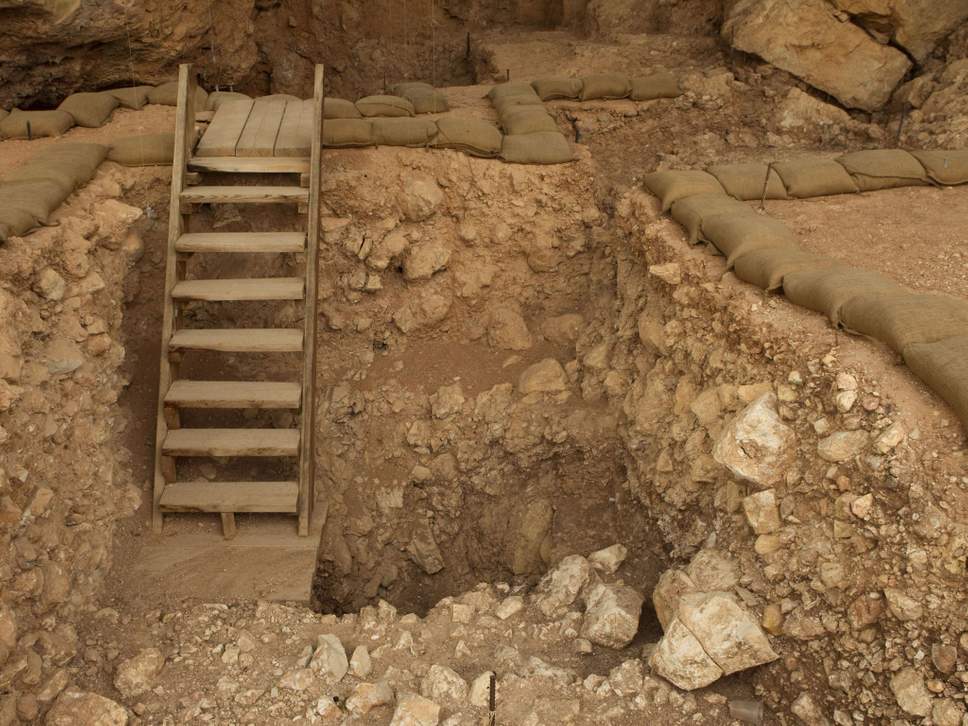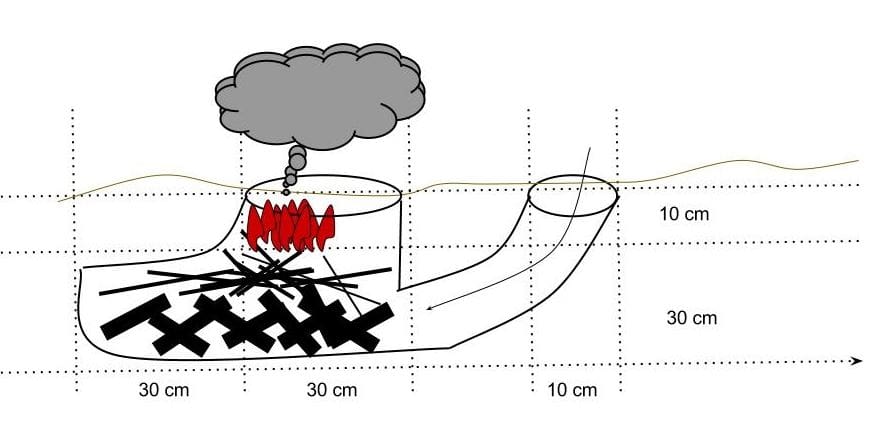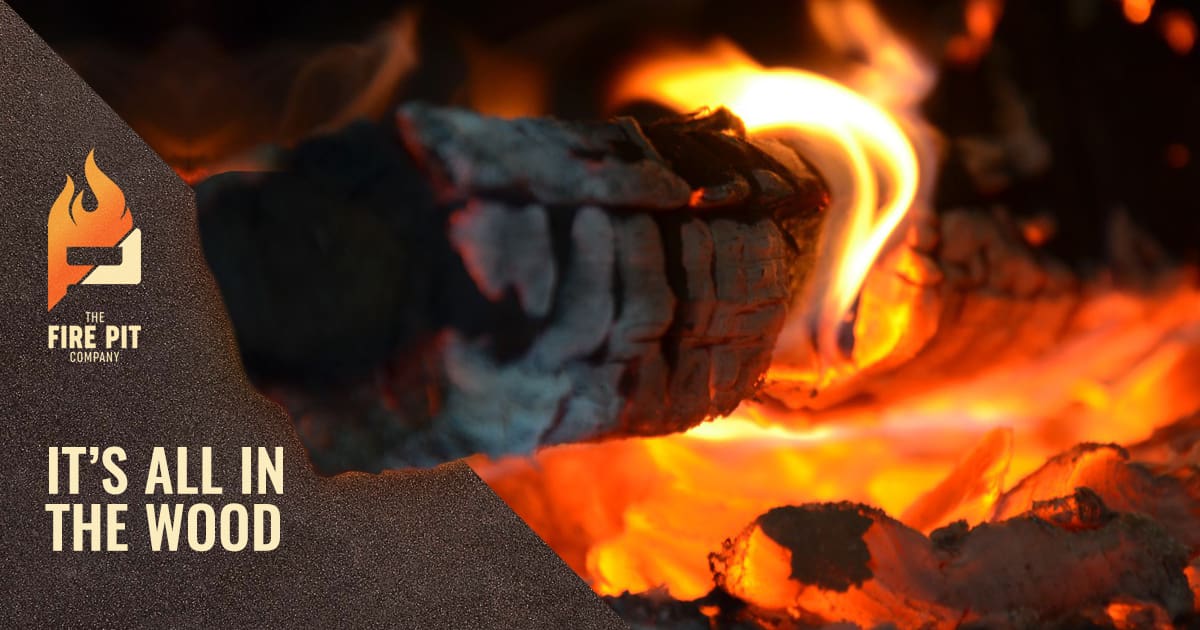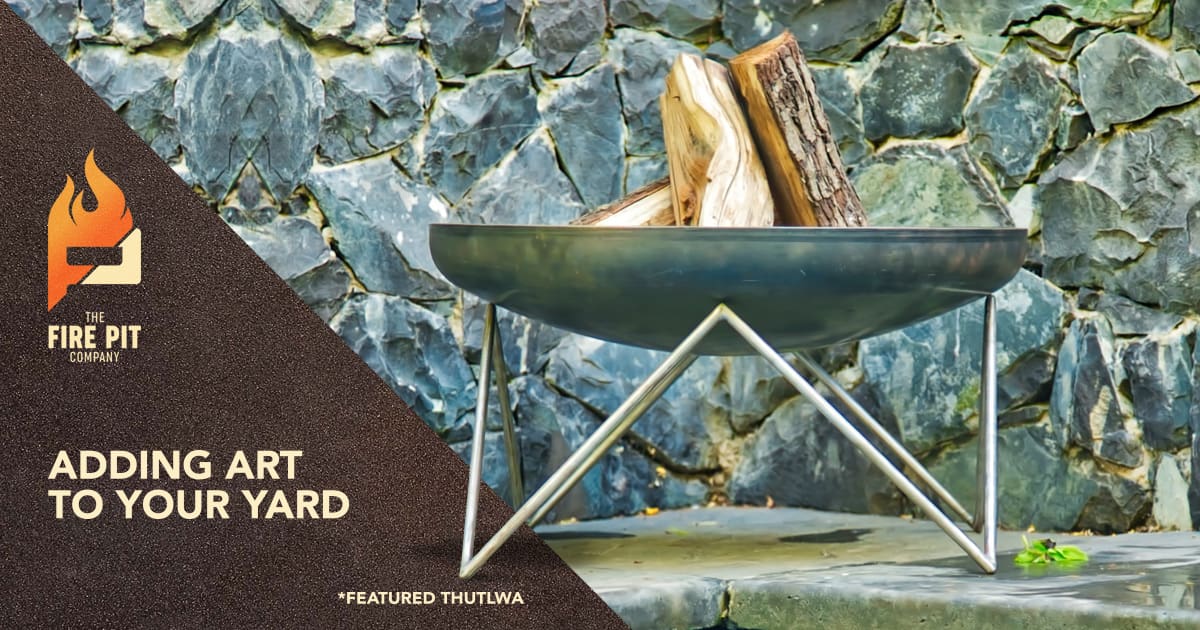In the beginning, man discovered fire …
FIRE PITS IN HISTORY:
Fire was essential to ancient daily life. Though there is much debate around when the first opportunistic use of fire was, one thing is for certain and that is the origins of the fire pit where born out of necessity. Man needed fire to survive and harnessing fire, by using a fire pit was a monumental leap forward in the development of every culture around the world.
Man’s first use of the fire pit dates back to the middle Paleolithic period, some 200,000 – 400,000 years ago. Archeological evidence from sites in Israel and the Klasies River in South Africa shows that fire pits were made using a collection of stones to contain the fire and prevent it from spreading. Many cultures, particularly Nomadic ones, would actually cut the turf above the fire pit in a special “turf cutting ceremony”, then replacing the turf afterwards to hide any evidence of fire! After repeated usage of the same fire pit, the ash of the fire pit built up and eventually created the underpinnings of what we know today as the hearth or fireplace.
Other cultures throughout history used a simple hole in the ground filled with hot coals and stones for both warmth and in-ground cooking.
ARCHAEOLOGICAL SIGNIFICANCE:
The remains of ancient fire pits have provided a great deal of information about their culture. Carbon dating from charcoal found in old fire pits can actually estimate when areas (regions) were first populated. They can also indicate when certain civilizations died out. Also, bones and seeds found in these fire pits indicate the type of diet that civilizations ingested during the relevant time period. In archaeological terms, fire pits are referred to as “features” because they can be seen and recorded as part of the site. Yet, they cannot be moved without destroying this rich history of past civilizations.
Since the advent of man’s use of fire and fire pits, many advancements have been made. As man learnt to work with metals, in-ground heating and cooking rose above the ground. many styles of fire pits emerged as different cultures found new ways to shape and form metal.
The fire pit, in any of its forms, is an invention that changed the course of mankind. Without the ability to control fire, man would not have been able to cook food, keep warm and ward off predators and insects. Smelting of metals would not have been possible without the ability to concentrate heat. And the allure of the flames enjoyed on a crisp spring evening in modern man’s backyard among family and friends would never be experienced.













